The stunning and amazing display of colors and lights dancing across the night sky in the polar regions—the Northern Lights (Aurora Borealis) and Southern Lights (Aurora Australis)—are mesmerizing natural phenomena. These luminous displays have sparked the curiosity and wonder of many throughout history, and their science is as spectacular as the lights themselves. In this post, we’ll explore what causes these amazing light shows and why they are so special.
What Are the Northern and Southern Lights?
Before we dive into the science, let’s take a moment to appreciate the beauty of the lights.
The Northern Lights occur in the Northern Hemisphere and are most visible in regions near the Arctic, including Scandinavia, Canada, Alaska, and Russia. The Southern Lights, or the Aurora Australis, are the Southern Hemisphere’s counterpart and occur in regions near Antarctica and the southern parts of Australia and New Zealand.
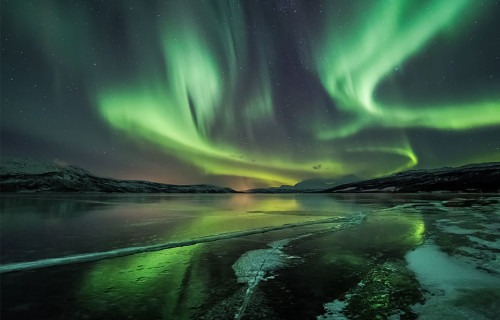
Both light displays are created by the same natural process but occur in different geographic locations due to the Earth’s magnetic field. The lights usually appear as swirls of green, red, yellow, purple, and blue colors illuminating the night sky, creating breathtaking visuals.
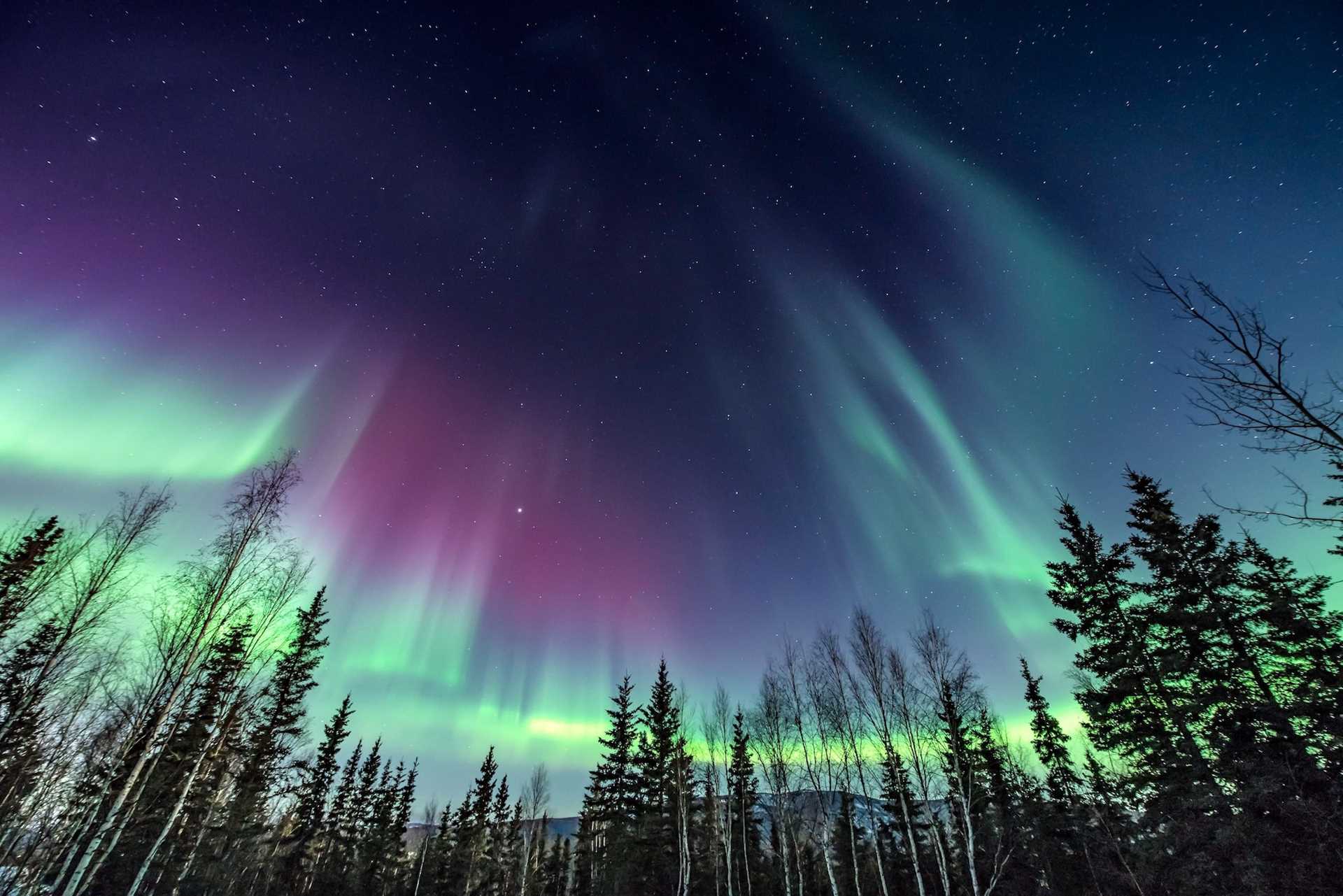
The Science Behind the Lights: What Causes Them?
At the core of both the Northern and Southern Lights is the interaction between solar winds and Earth’s atmosphere. Here’s a step-by-step breakdown of the process:
- Solar Winds and the Sun’s Activity: The Sun is constantly emitting a stream of charged particles, known as solar wind. These particles—mostly electrons and protons—travel through space and can vary in intensity depending on the Sun’s activity. When the Sun’s activity is high, such as during solar flares or coronal mass ejections, the solar winds become more intense.
- Earth’s Magnetic Field: Earth’s magnetic field acts as a protective shield that channels these charged particles toward the poles. The Earth’s magnetic poles attract these particles, guiding them towards the poles (north and south), where they are most likely to interact with the Earth’s atmosphere. This is why the lights are predominantly visible near the polar regions.
- Interaction with Earth’s Atmosphere: As the charged particles from the solar wind reach the Earth’s atmosphere, they collide with gases like oxygen and nitrogen at high altitudes (usually 50-100 miles above the surface). These collisions cause the gases to become excited and release energy in the form of light, which is what creates the beautiful auroras we see in the sky.
- Colors of the Lights: The colors of the auroras depend on the type of gas and the altitude at which the interactions occur. Oxygen molecules at higher altitudes (about 200 miles above the Earth) emit red and green light. Nitrogen molecules, on the other hand, produce purple, blue, and pink hues. The mix of colors we see in the auroras is a result of these complex interactions.
- The Aurora Ovals: The auroras are often visible in specific bands called aurora ovals. These ovals are centered around the magnetic poles of the Earth. The size and intensity of the aurora oval can increase during periods of heightened solar activity, such as solar storms, causing the auroras to be visible farther from the poles and potentially even reaching lower latitudes.
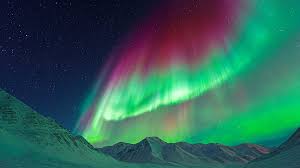
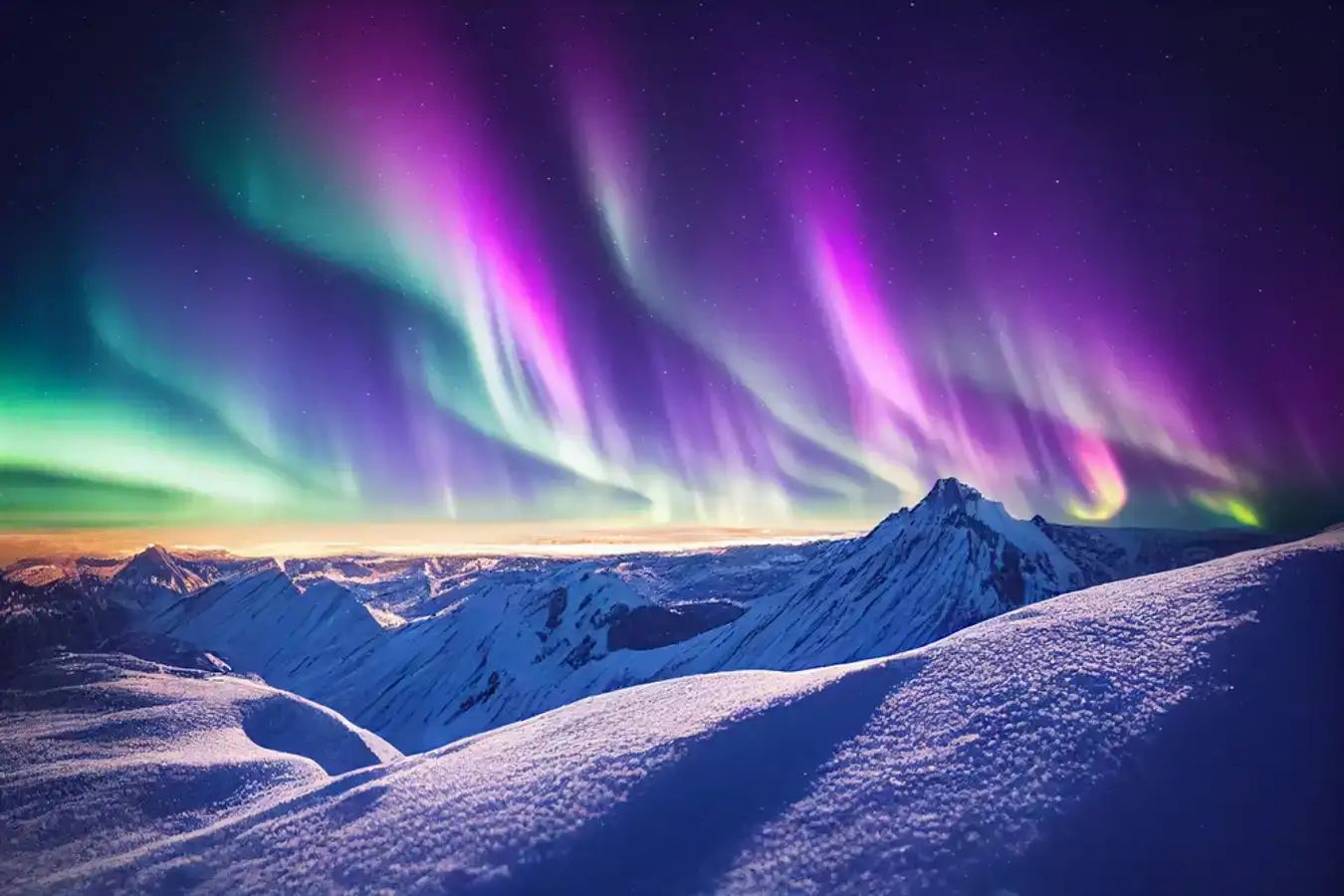
Why Are They Different in the North and South?
The cause of the auroras is essentially the same in both hemispheres, but their occurrence and visibility are influenced by geography and conditions at the poles.
- Geographical Differences: The Northern Lights (Aurora Borealis) are more widely accessible due to the presence of land and inhabited areas at higher latitudes, including northern Scandinavia, Canada, and Alaska. Meanwhile, the Southern Lights (Aurora Australis) occur mainly over the Southern Ocean, and the sparsely populated regions near Antarctica make them less commonly seen by people.
- Solar Wind Interaction: Although solar wind is responsible for both the Northern and Southern Lights, the aurora displays in the Southern Hemisphere are less often observed simply due to fewer human settlements in the areas closest to the magnetic South Pole.
When Is the Best Time to See the Lights?
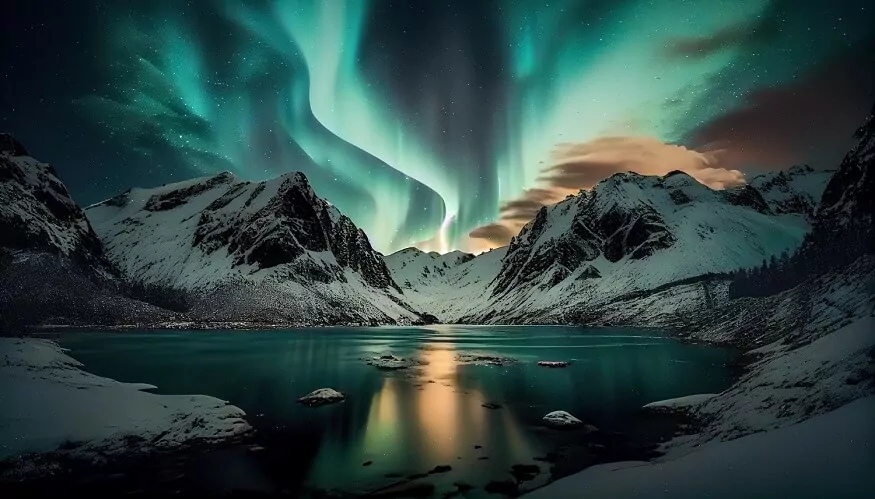
Both the Northern and Southern Lights are best observed during the winter months, when the nights are longest and the skies are darkest. For the Aurora Borealis, the peak season is typically from September to April, with the best viewing times being in the evenings, from 10 PM to 2 AM local time. For the Aurora Australis, the best viewing season occurs between March and September, especially in areas closer to the Antarctic.
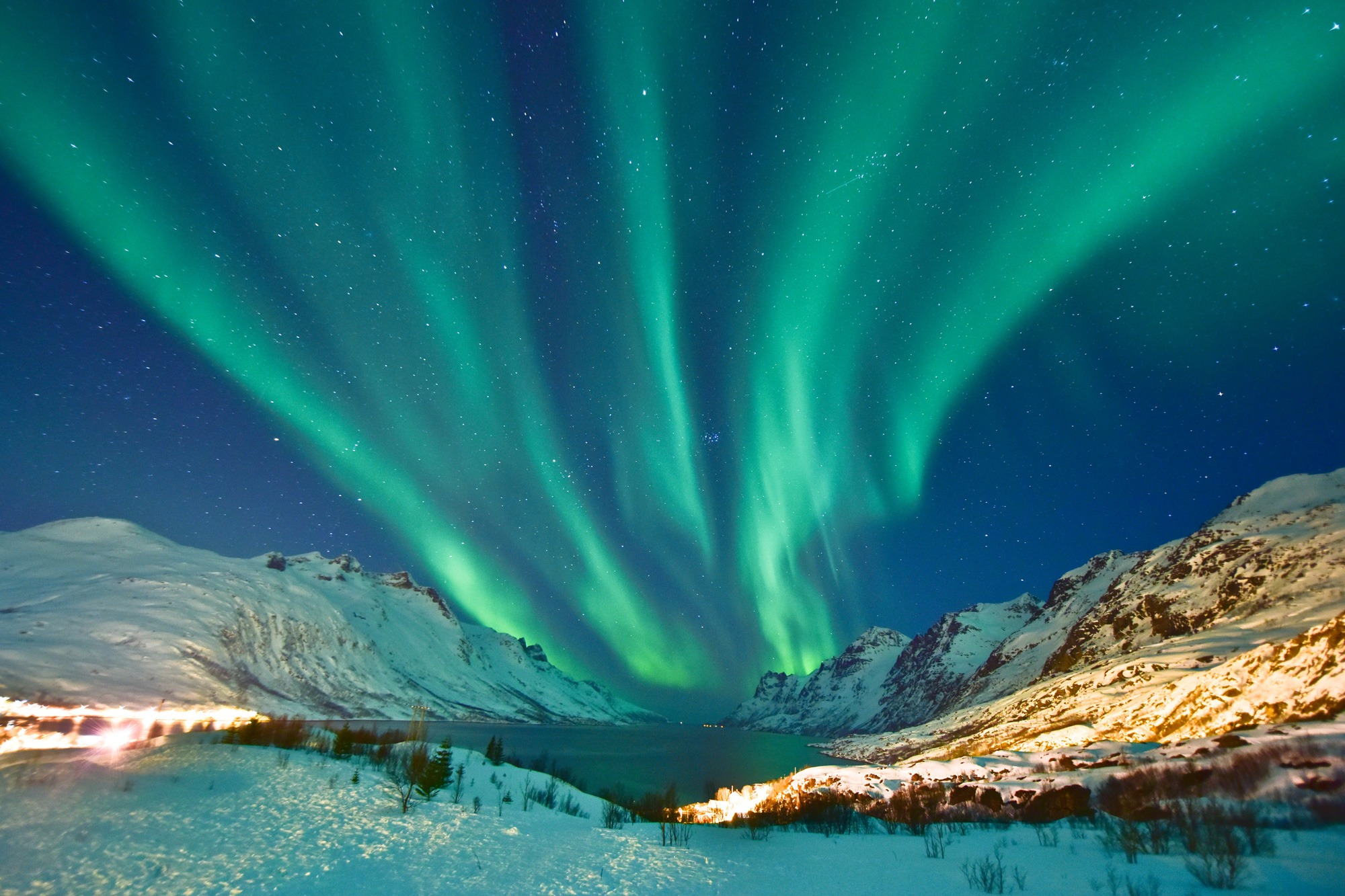
The Northern and Southern Lights are more than just beautiful light shows—they’re a captivating demonstration of our planet’s interaction with solar activity. These luminous displays are the result of charged particles from the Sun colliding with the gases in Earth’s atmosphere, creating an awe-inspiring spectacle that captures the imagination.
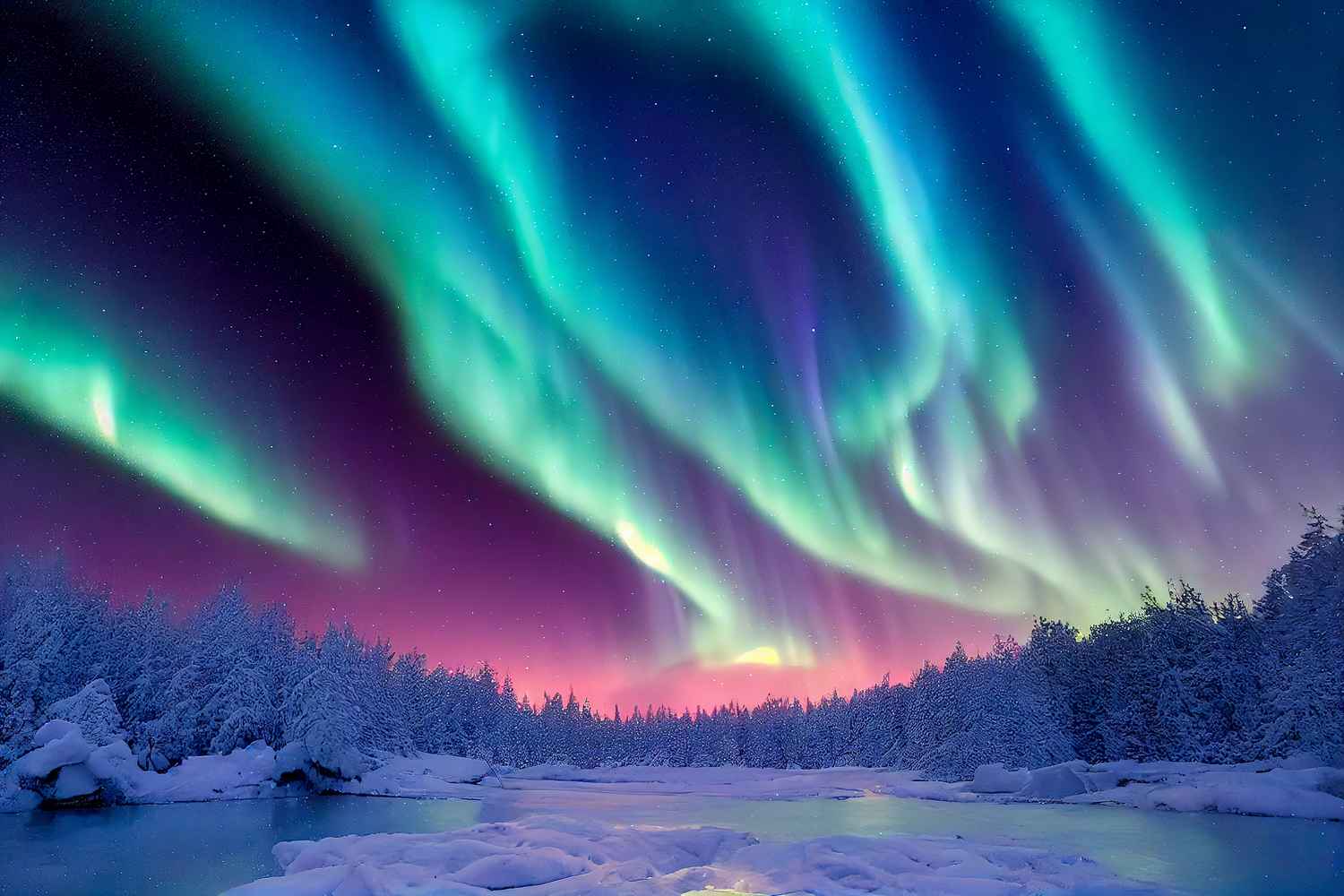
While both the Aurora Borealis and Aurora Australis are caused by the same phenomenon, their locations and accessibility differ. Whether in the Arctic or Antarctic regions, the lights continue to fascinate observers, providing a truly magical experience.
Now that you know the science behind these magical lights, why not plan your trip to a region where you can experience their beauty firsthand? It’s truly a once-in-a-lifetime event to witness the magnificence of the auroras!


